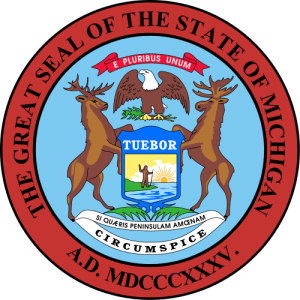 Michigan Population 2013
Michigan Population 2013
Based on estimates and the studies by the United States Census Bureau, the population of Michigan in 2013 is estimated to be 9,883,360, which is the 9th largest population in the United States. Based on the last census in 2010, this shows a very slight decrease in the population of the state of Michigan. In fact, Michigan is the only state in the country that has shown a decrease in the population in the last few years. Based on the population and based on the area of the state, the population density of the state is about 174 people per square mile, ranked the 17th largest population density in the United States. Due to the unexpected and unpredicted population decrease over the last few years, the population projections that had previously been done are no longer accurate. The population stayed steady and eventually decreased, which threw off all the expected population counts.
Michigan Land Mass
Measuring from the most distant points of the state, Michigan is 490 miles long and 240 miles wide. The state also has a square area of 96,810 square miles, making it the 11th largest state in the country. It is also the largest state east of the Mississippi River. About 40,000 square miles of the state are covered by water, compared to the approximate 56,810 square miles covered by land. Michigan is therefore the state with the second highest amount of water in the state behind Alaska. Mount Arvon is the highest point in the state, which reaches an approximate 1,979 feet above sea level. The lowest point in the state is at Lake Erie, which reaches 572 feet above sea level. The geographic center of Michigan is located in Wexford County, 5 miles north northwest of Cadillac. Three states border the state of Michigan: Wisconsin, Indiana, and Ohio. However, what makes Michigan interesting and unique is that it is also bordered by four Great Lakes: Lake Superior, Lake Michigan, Lake Huron, and Luke Erie. The only Great Lake that does not border the state is Lake Ontario.
Michigan is in fact a state made up of two separate peninsulas, called the Upper Peninsula and the Lower Peninsula. The Upper Peninsula is made up of the Superior Lowland and the Great Lakes Plain. The Superior Lowland is in the western portion of the state and is made up of rugged terrain and mountains regions. The highest point in the state is located in the Superior Upland. The Great Lakes Plain makes up the eastern portion of the Upper Peninsula and all of the Lower Peninsula. This area is quite level with many swampy regions. The lowest point in the state is also located in this part of the state.
Michigan Demographics
Approximately 50.9% of the state’s 9.883 million people is female, while the other 49.1% of the population is male. Also, approximately 80% of the population identifies as white (including Hispanic or Latino). But, out of that 80%, about 4% do identify as Hispanic or Latino and the other 76% as Caucasian. Those that identify as Black or African American make up 14% of the entire population of the state of Michigan. The rest of the population is made up of those that identify as Asian, American Indian, Alaskan Native, or those that identify as two or more races. These other races make up about 6% of the Michigan population.
Michigan Religion
The population of Michigan identifies as religious at a rate only slightly lower than the national average. About 42% of the state population identifies as religious, compared to the national average of 49%. Out of the 42%, about 18% identify as members of the Catholic Church, making it the largest denomination in the state of Michigan. All the other Christian denominations make up about 22% of the population. Those who identify as Jewish, Islamic, or Eastern religions only make up 2% of the population. There is an Islamic population of 1.2%, compared to the national average of 0.8%.
Fall Colors in Michigan
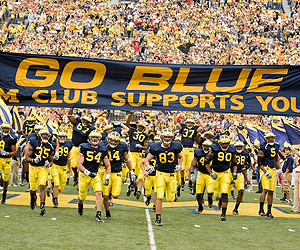 Michigan Sports
Michigan Sports
The state of Michigan has teams represented in four of the major professional sports: baseball, basketball, football, and hockey. All four of the state’s teams are based out of Detroit. The team represented in Major League Baseball is the Detroit Tigers. The Tigers play in Comerica Park. The team represented in the National Basketball Association is the Detroit Pistons. The Pistons play in the Palace of Auburn Hills in Auburn Hills, Michigan. The Detroit Lions represent the state in the National Football League. The Lions play on Ford Field. Lastly, the Detroit Red Wings represent the state in the National Hockey League. The Red Wings play in the Joe Louis Arena.
Michigan Economy
The state of Michigan has two of the top ten publicly owned companies in the country. General Motors and Ford are both located in the state of Michigan. General Motors is ranked number six and Ford is ranked number. Michigan has consistently been a large employer of high tech job opportunities. The state has also been a leader in job creation improvement over the last few years. The unemployment rate of the state is 8.4%. As of July 22, 2013, though, the city of Detroit has filed for bankruptcy, owing close to $20 billion in debt.
Michigan Nationalities
The top four nationalities in the state of Michigan are German, Irish, English, and Polish. About 22% of the population identifies as German; about 12% of the population identifies as Irish; about 10% of the population identifies as English; and, about 9% of the population identifies as Polish.
Other Resources
Learn more about Michigan here.



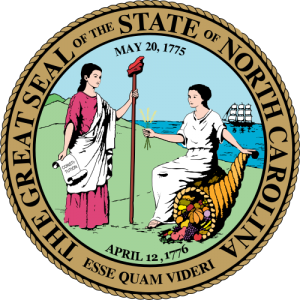 North Carolina Population 2013
North Carolina Population 2013 North Carolina Sports
North Carolina Sports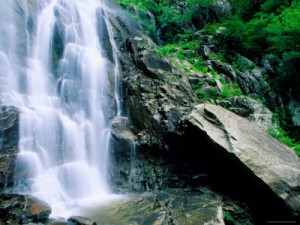 North Carolina State and National Parks
North Carolina State and National Parks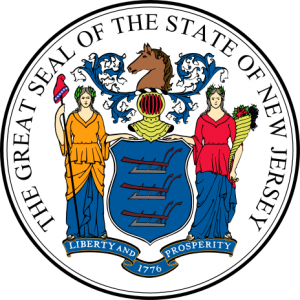 New Jersey Population 2013
New Jersey Population 2013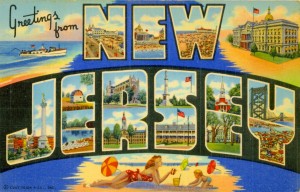 New Jersey Religion
New Jersey Religion Washington State Population 2013
Washington State Population 2013 Washington Religion
Washington Religion Massachusetts Population 2013
Massachusetts Population 2013 Massachusetts Sports
Massachusetts Sports